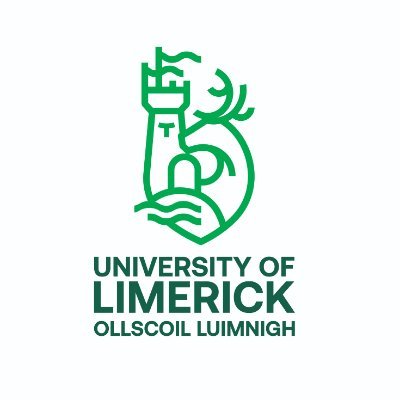EC4333 Lecture 4
Estimated Time: 1 hour.
Aims
To Recap over the Trade Creation/Destruction Literature and thus motivate discussion of EMU modeling.
To show the purported costs of joining a monetary union;
To illustrate these costs and benefits with
To introduce the theory of optimal currency areas which will be developed in lecture 5.
Activity
Students will solve the 2 country inflation/unemployment problem graphically in class.
Students will solve a price/wage flexibility and uncertainty analysis as well.
Introduction
The previous weeks have emphasized history and comparative statics in the development of a theory and policy mix where further integration is a good thing.
This week and next, we'll dwell on the theory of optimal currency areas, looking in detail at what macroeconomic properties two (or more) countries should exhibit before joining their currencies together. We'll see the effects of a common currency on wages in different countries, on migration patterns, and on inflation and unemployment as well as capital movement. Throughout we'll be looking at the data on the effects of 'ever closer union' from the OECD and other EU think tanks.
Further Reading
Pelkmans, J. European Integration: Methods and Economic Analysis 1st ed., pgs. 83–104 and 133–155. 337.142 PEL.
Lane, P. (2006) The Real Effects of EMU, Journal of Economic Perspectives, http://www.tcd.ie/iiis/documents/discussion/pdfs/iiisdp115.pdf.
Watch the slideshow here.
Download the handouts by right clicking the images below and choosing 'save target as'.


